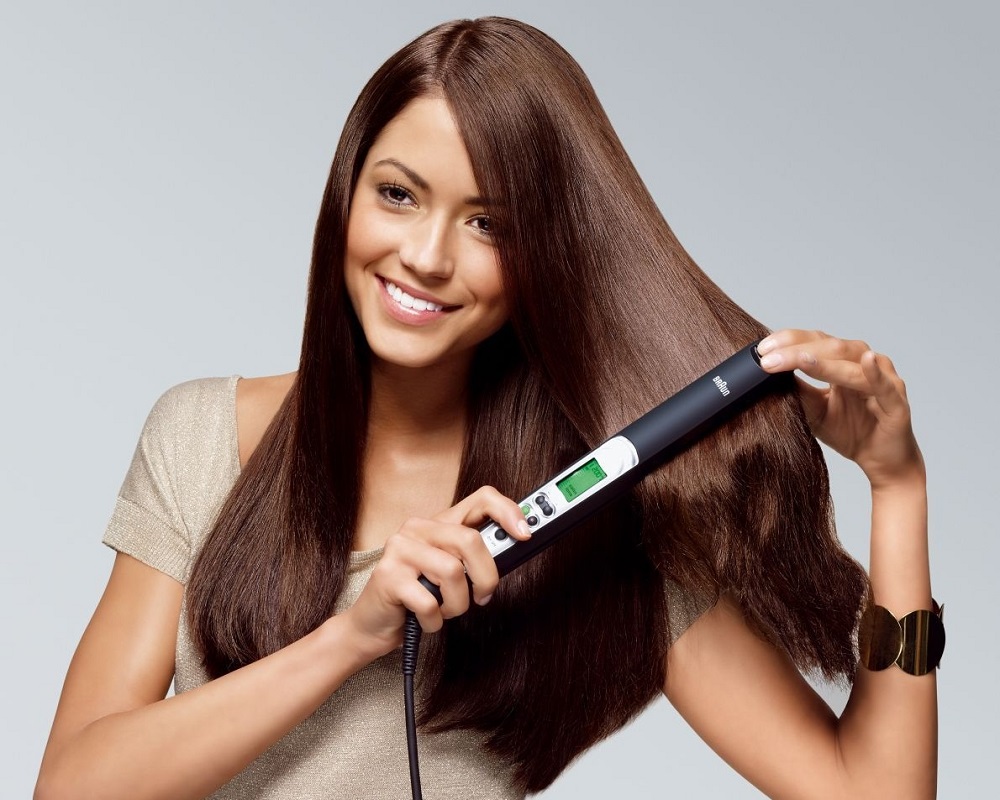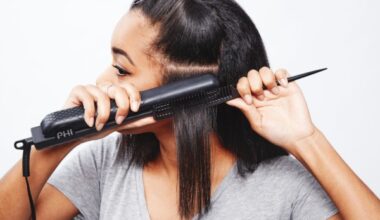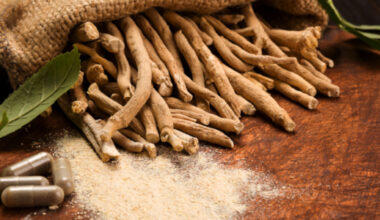Having coarse hair can be frustrating, but don’t despair! With the proper care and a few tried-and-tested techniques, you can transform your coarse locks into soft, silky strands that make heads turn. This essay will discuss efficient tactics on How to make your coarse hair Soft and silky like you would desire.
How to Make Coarse Hair Soft and Silky – Nourish from Within; A Healthy Diet
Beautiful hair starts from within, so it’s crucial to nourish your body with a healthy diet. Include foods high in omega-3 fatty acids, such as salmon, walnuts, and chia seeds, in your diet in addition to drinking lots of water. These nutrients promote hair health and hydration, helping to combat dryness and brittleness. Choose a diet that is balanced and includes fruits, vegetables, lean meats, and whole grains to provide your hair the vitamins and minerals it needs to grow.
Gentle Cleansing: Shampoo and Conditioner
Using proper shampoo and conditioner is crucial when dealing with coarse hair. Search for items specifically made to hydrate and moisturize, avoiding those containing harsh sulfates that can strip natural oils. Sulfate-free, moisturizing shampoos cleanse your hair without leaving it dry and frizzy, making them an excellent choice for coarse hair.
Focus on conditioning your hair’s ends, which are prone to dryness and split ends. Use a deep conditioning treatment once a week to provide intense hydration and nourishment. Try to choose conditioners with shea butter, argan oil, or jojoba oil since these compounds aid in moisturizing and smoothing the cuticles of the hair. Leave the conditioner on for a few minutes to allow it to penetrate your hair shafts before rinsing thoroughly.
How to Make Coarse Hair Soft and Silky – Hydration is Key: Moisturizing Products
Coarse hair tends to lack moisture, making hydration a crucial step in achieving soft and silky tresses. Invest in a high-quality leave-in conditioner or hair serum that will provide ongoing moisture throughout the day. Apply the product sparingly, focusing on the ends and mid-lengths of your hair, to avoid weighing it down. Look for products with ingredients like glycerin, panthenol, or hyaluronic acid, as they help attract and retain moisture in your hair.
Additionally, consider incorporating a weekly hair mask into your routine. Look for masks formulated with ingredients like shea butter, argan oil, or coconut oil to deeply hydrate and nourish your strands. These masks help replenish lost moisture, smooth the hair cuticles, and improve overall hair texture. Leave the mask on for the specified duration, allowing it to penetrate your hair and restore moisture levels. Rinse thoroughly, and you’ll notice a significant improvement in the softness and silkiness of your hair.
Avoid Heat Damage: Heat Styling Techniques
Excessive heat styling can further damage coarse hair, leaving it dry and brittle. Use heated styling products like flat irons, curling irons, and blow dryers sparingly. When heat styling is necessary, Always protect your hair from thermal damage by using a heat protectant spray or serum. These products form a protective barrier that helps reduce moisture loss and minimize the impact of high temperatures on your hair.
Opt for air-drying whenever possible, or use the cool setting on your blow dryer. Excessive heat can deplete moisture from your hair, making it prone to frizz and breakage. Before using any heated instruments, partially let your hair air dry, as this reduces the overall exposure to heat and minimizes the risk of damage.
Embrace heatless styling methods such as braiding or twist-outs to achieve beautiful, natural waves or curls. These techniques allow you to create various hairstyles without subjecting your hair to heat. By reducing heat exposure, you’ll preserve your hair’s natural moisture and prevent further damage, resulting in softer and silkier locks.
How to Make Coarse Hair Soft and Silky – Regular Trims: Bye-Bye Split Ends
Split ends can make coarse hair look frizzy and dull. To maintain health, hair needs to be clipped periodically. Schedule a trim every 8-12 weeks to remove split ends and promote healthy hair growth. Consult a stylist that is experienced so they can help you with the best haircut and style for your hair type. Trimming your hair regularly removes damaged ends and helps prevent further splitting, leading to healthier, smoother hair.
Protect Your Hair: Nighttime Care
Sleeping with your hair covered is essential to prevent damage and maintain moisture. Invest in a satin or silk pillowcase that reduces friction and prevents your hair from tangling during the night. As opposed to cotton pillowcases, which may cause rubbing and roughen hair cuticles, satin or silk materials allow your hair to glide smoothly, reducing the risk of breakage and frizz. Alternatively, use a silk or satin hair bonnet or cover your hair with a silk scarf before bed to keep it smooth and protected.
How to Make Coarse Hair Soft and Silky – Embrace Natural Remedies: DIY Treatments
Nature offers a wide array of remedies that can help make coarse hair soft and silky. Consider incorporating DIY treatments into your hair care routine. For example, coconut oil can be used as a deep conditioning treatment or a pre-shampoo treatment to provide intense hydration and shine. Apply a tiny amount of warm coconut oil to your hair, paying special attention to the ends and dry spots. Before washing it off, let it sit for at least 30 minutes. The oil penetrates the hair shaft, nourishing it from within and leaving it noticeably softer and more manageable.
Aloe vera gel is another great natural cure that can soothe the scalp and promote hair growth. Use new aloe vera gel directly for an additional boost of hydration and vitality, properly rinse it from your scalp and hair after 30 minutes of application. Enzymes and vitamins in aloe vera aid in the restoration of damaged hair, making it smoother and shinier.
Conclusion

Transforming coarse hair into soft, silky locks requires dedication and the right hair care routine. By nourishing your hair from within, choosing gentle cleansing products, prioritizing hydration, minimizing heat damage, trimming regularly, protecting your hair at night, and embracing natural remedies, you can achieve the smooth and silky hair you’ve always desired.
Remember, every individual’s hair is unique, so it may take some time and experimentation to find the best approach for your specific hair type. Embrace your unique hair texture, be patient, and enjoy the journey towards healthier, more manageable tresses. With consistent care and the tips provided in this article, you’ll be well on your way to having soft, silky, and enviable hair.





